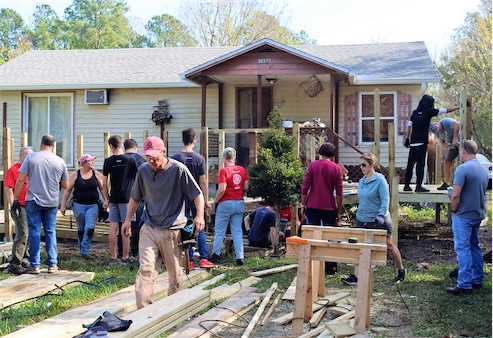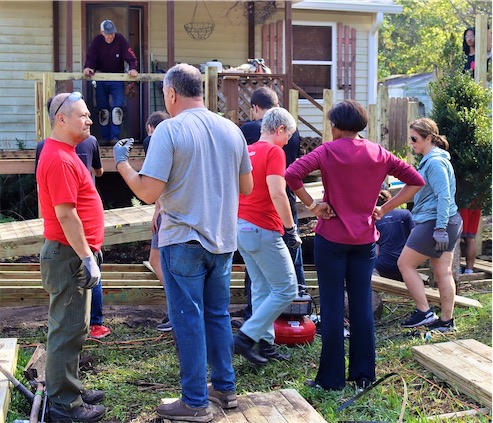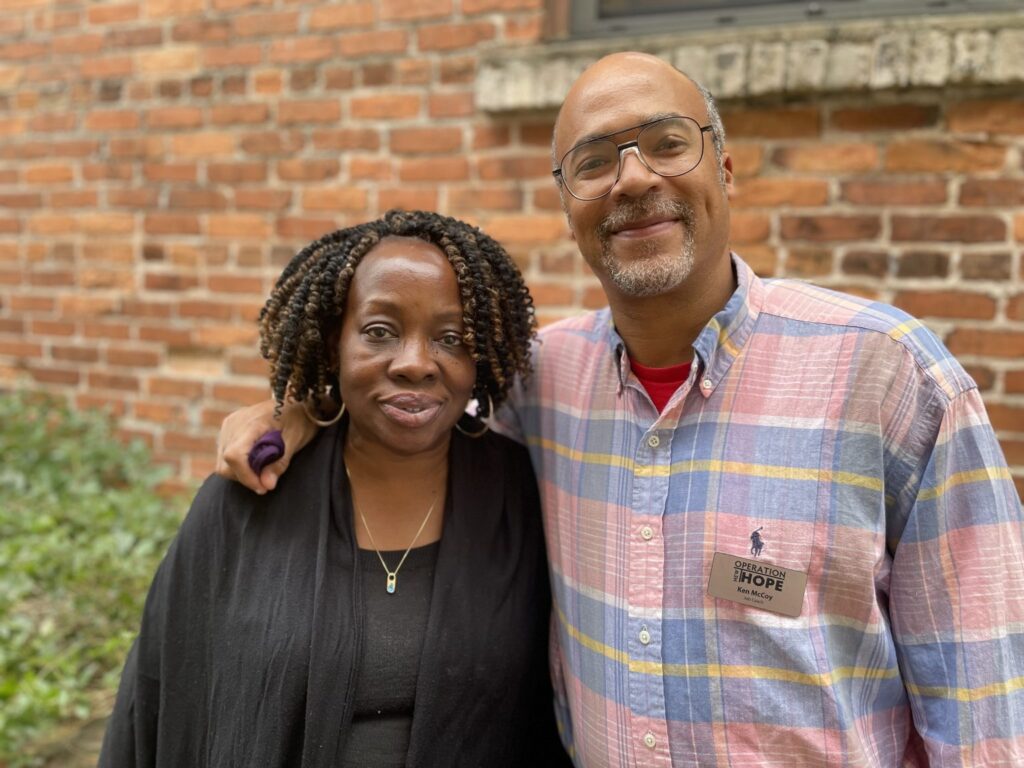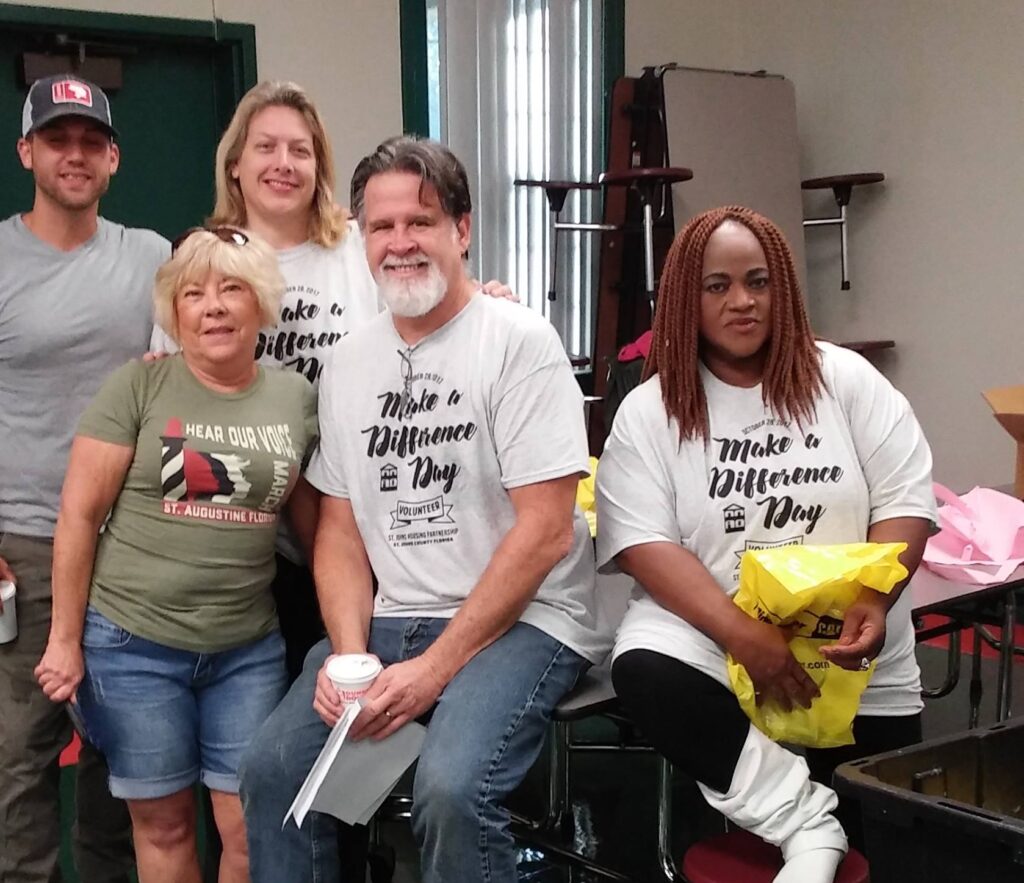
Housing is a person’s single most important expense. Affordable housing is housing that a household can pay for, while still having money left over for other necessities like food, clothing transportation, and healthcare. That means that what’s considered “affordable” depends on a household’s income.
According to the federal government, an estimated 12 million renter and homeowner households now pay more than 50% of their annual incomes for housing. If a family pays more than 30% of their income for housing, housing is considered a cost burden.

So, who needs affordable housing? Everyone. From high-income earners, to hourly wage workers, to the homeless, and everyone in between. The rent or home price that is affordable may vary from one household to the next, but the need for housing that is affordable is shared by everyone.
“Affordable housing,” as a concept, is frequently misunderstood, shrouded in many of the same misconceptions as other social policies aimed at helping low-income and vulnerable populations. The myth of the welfare queen is widespread, and many continue to categorize poor people as “deserving” or “undeserving” of aid and project assumptions on people who receive aid, thinking of them as lazy or crooked. These myths are rarely if ever true.
First and foremost: “Affordable housing” doesn’t mean, necessarily, the projects. It actually just refers to the fact that you’re spending more than 30 percent of your post-tax income on housing. The United States Department of Housing and Urban Development (HUD) estimates that 12 million households (renting and owning) pay more than 50 percent of their take-home income on housing each year. And to be clear, in no state can a full-time worker making the federal minimum wage ($7.25 an hour) afford a two-bedroom apartment at fair market rent. Plus, there’s a lot of competition for places with lower rents, as Millennials put off buying homes and aging adults sell their homes to move into the rental market.

The good news is that the housing needs of many families are met adequately by the private market. In other words, housing costs for a high-income CEO are usually not cause for too much public concern.
The bad news is that a large and growing share of the population cannot afford its housing costs. Nationally, more than one in seven households are what economists call “severely cost burdened.” This means that they pay half or more of their income on housing. Even moderate-income renters are struggling to pay the rent in many high-cost cities, towns, and counties. And it’s not just a renter’s problem.
Although more than a quarter of renters—11 million households—have severe housing cost burdens, so do about 1 in 10 home-owners, for another roughly 8 million households.
Rest assured, St. Johns Housing Partnership is committed to promoting safe, decent and affordable housing in north Florida. We work with public and private sectors to enhance and provide affordable house to our community
Here’s an example of the typical head of households that rent or buy homes from us:

You might be thinking, ‘I get it—I know it’s a problem, but what can I do about it?’ The short answer is—a lot! As a public official or community leader, you can make big impact—even if you have limited funding available. Through incentives, zoning changes, and targeted investments, it’s possible to significantly expand the availability of affordable housing in your community.
We have several stories of our tenants that support our community, like a Teacher at the Deaf and Blind school or the Maintenance worker at the jail. They both rented from us for 4 years to build their credit and down payment, and both are current homeowners with mortgage payments in the same range as our rents.
Between the community, local government, community leaders and strategic partners, we will continue to work to provide more affordable housing to the community.





